The Puspasutra (2 Vols.): A Pratisakhya of the Samaveda
₹1,695.00
In stock
The Puspasutra (2 Vols.): A Pratisakhya of the Samaveda
One of the most important supplementary works in the body of Saman technical literature that is associated with the Kauthuma and Ranayaniya schools is known as the Puspasutra. It discusses the melodies of the Saman people as well as the structure of their music. In the context of this discussion, the word "Puspa" refers to the syllabic expansion that takes place throughout the process of creating a melody out of a verse. The Puspasutra was penned a significant amount of time after the Saman melodies had already been formed.
There are 10 Prapathaka included in the Puspasutra. The first two of them include the names of Samans that appear in the Uttaragana (also known as the Uhagana and the Uhyagana) in the sequence in which they appear in the Uttaragana. The demarcation may be understood based on the declaration of themes that is included in the eighth Prapathaka of the Puspasutra. The Puspasutra is divided into two sections: the northern and the southern recessions. The statement of contents found in the eighth Prapathaka is in complete agreement with the subjects discussed in Prapathakas III to VIII of the southern recession. It is generally agreed that this section of the Puspasutra is the authentic, original component of the text
The Northern recension of Puspasutra attributes this [ext] to Govila not once, but twice. It was formerly attributed to Vararuci, according to the Southern recension. In several places, the Puspasutra describes the chants in detail, including their metres. This gives the appearance that the ganas were repeated in a different metre than what they really were.
It is not easy to pinpoint the precise year when the Puspasutra was written. The initial nucleus was expanded upon by include other components, such as the Vikalpas (alternatives), the remaining bhavas, a more in-depth study of prastava, and the first two Prapathakas. The fact that it now exists with 10 Prapathakas is a significant boon to the academic community that is dedicated to the study of Samavedic chanting. It's possible that the readers may find the explanations of the technical jargon offered in this version to be really helpful.
About the Author(s)
G.H. TARLEKAR
Too Good to Resist Sale is Live BUY AND SAVE NOW
The Puspasutra (2 Vols.): A Pratisakhya of the Samaveda
One of the most important supplementary works in the body of Saman technical literature that is associated with the Kauthuma and Ranayaniya schools is known as the Puspasutra. It discusses the melodies of the Saman people as well as the structure of their music. In the context of this discussion, the word “Puspa” refers to the syllabic expansion that takes place throughout the process of creating a melody out of a verse. The Puspasutra was penned a significant amount of time after the Saman melodies had already been formed.
There are 10 Prapathaka included in the Puspasutra. The first two of them include the names of Samans that appear in the Uttaragana (also known as the Uhagana and the Uhyagana) in the sequence in which they appear in the Uttaragana. The demarcation may be understood based on the declaration of themes that is included in the eighth Prapathaka of the Puspasutra. The Puspasutra is divided into two sections: the northern and the southern recessions. The statement of contents found in the eighth Prapathaka is in complete agreement with the subjects discussed in Prapathakas III to VIII of the southern recession. It is generally agreed that this section of the Puspasutra is the authentic, original component of the text
The Northern recension of Puspasutra attributes this [ext] to Govila not once, but twice. It was formerly attributed to Vararuci, according to the Southern recension. In several places, the Puspasutra describes the chants in detail, including their metres. This gives the appearance that the ganas were repeated in a different metre than what they really were.
It is not easy to pinpoint the precise year when the Puspasutra was written. The initial nucleus was expanded upon by include other components, such as the Vikalpas (alternatives), the remaining bhavas, a more in-depth study of prastava, and the first two Prapathakas. The fact that it now exists with 10 Prapathakas is a significant boon to the academic community that is dedicated to the study of Samavedic chanting. It’s possible that the readers may find the explanations of the technical jargon offered in this version to be really helpful.
Review(s)
“………major phonetic treatise belonging to the Kauthuma-Ranayaniya branch of the Samaveda………an important contribution to our knowledge of the Samavedic technical literature……an admirable job of making the incredibly complex and arcane rules
About the Author(s)
G.H. TARLEKAR
Additional information
| Weight | 0.5 kg |
|---|---|
| Dimensions | 10 × 11 × 12 cm |
| Book Author | G.H.Tarlekar |
You must be logged in to post a review.
-
₹195.00
-
₹795.00
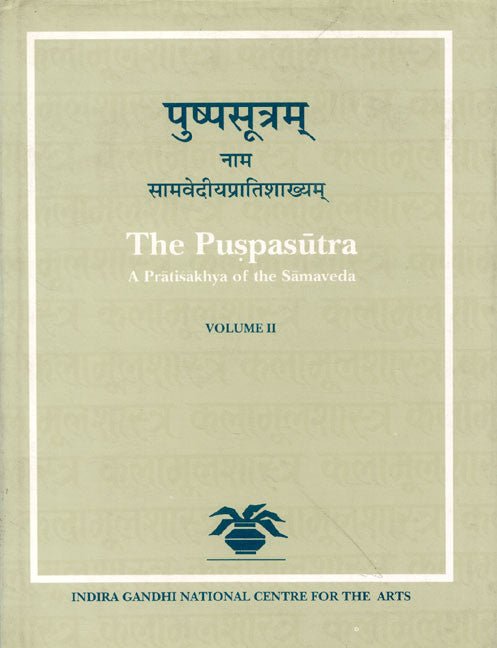
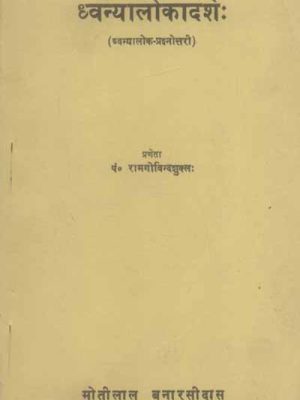
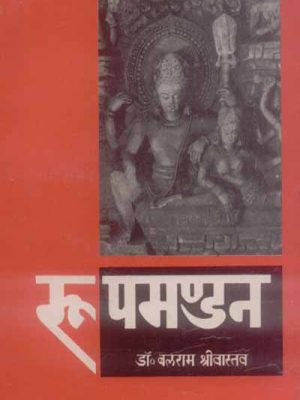
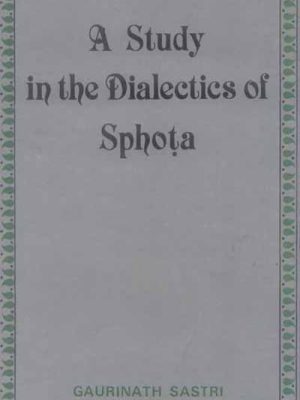
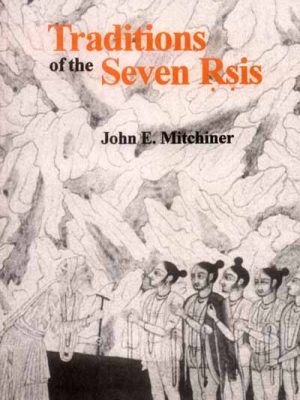
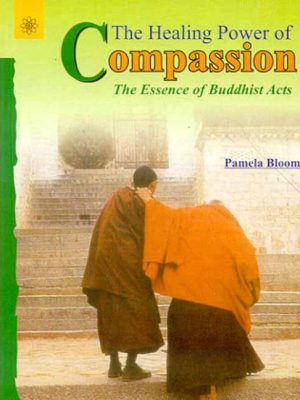
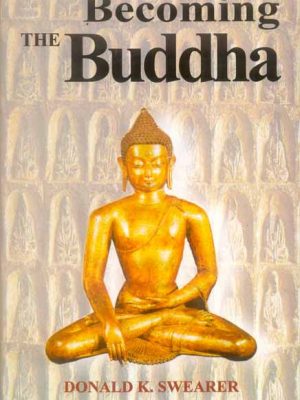



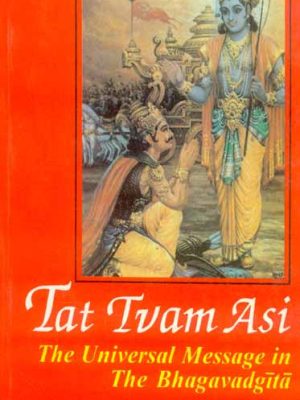
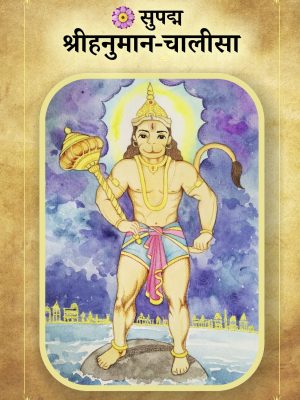
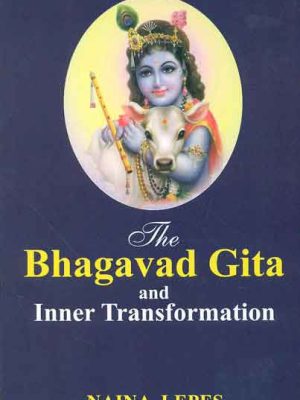
Reviews
There are no reviews yet.